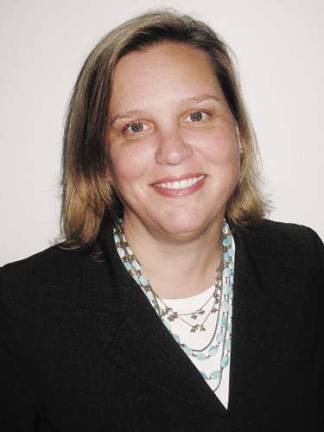Nancy Shafer

In 2011, the 10th edition of the Tribeca Film Festival received upward of 5,000 submissions and attracted-according to Variety-roughly 430,0800 attendees. Executive Director Nancy Schafer, who oversees everything from film programming to budgets, reflects on Tribeca, from the neighborhood of the first festival in 2002 to the neighborhood it is today.
You have been with the festival since its inception in 2002, when it was created to revitalize downtown Manhattan in the wake of 9/11. How has the festival evolved since its first edition? How have you seen this area bounce back?
When we started this, we didn't contemplate it in the long term-we wanted to help revitalize the community. Besides bringing all of the downtown communities together, we had people walking on the streets again. The city was really excited to have this big, populous film festival. The following year, we teamed up with American Express again and continued on. That was the beginning. [The festival] hasn't expanded-we did all of these things, like the free public events for the community, in the first year. On the one hand we are showing films, and on the other hand we provide big community events.
The first year when I worked in Tribeca, I went to the Regal [Theater] in Battery Park with a gas mask on. There weren't a lot of people on the streets. Now, it's a bustling, happy and wealthy community. It is really one of the most charming neighborhoods in New York.
During that first festival the city was still recovering. Can you describe what the mood-among your team and in the community-was like during that first festival?
The first year there was a sense that we had a humanitarian purpose. It was about saving a dying community. At 375 Greenwich, where the offices are, the motto of the whole staff was "look left," because if you looked left you no longer saw the World Trade Center. It was a daily and constant reminder of why we were there.
In the beginning, the festival was supposed to be a temporary gig for you. What kept you in New York and at the Tribeca Film Festival?
Well, Tribeca is a great company to work for. It was an interesting experience for me. I had run a film festival for eight or nine years prior [the SXSW Film Festival in Austin, Texas]. There was a lot to learn about running a big city festival. What kept me here is that there were so many interesting things going on and we are supporting filmmakers around the globe.
In an Indiewire piece this year, you said of the first festivals: "Our agenda was pure and simple. For these first few years after 9/11, our guiding principle was that cinema can heal our community." Can you recall a few of the films that have screened at the festival that have been part of this healing process?
There are some easy films to talk about, like Arna's Children [about a Palestinian children's theater group which won Best Documentary Feature at the 2004 festival], or a joyous film like Mad Hot Ballroom or Pray the Devil Back to Hell, about women in Liberia. These films bring some emotions you might be feeling to the forefront. They might be sad movies, but they make you feel.
What are the benefits and the challenges of staging a festival in Downtown Manhattan?
The benefits are that we are in the capital of the world. All eyes are on us, and it gives great visibility to our filmmakers. For those 12 days, everyone is looking at Tribeca. The challenges of a big city festival are that we have to raise a lot of money and there are a lot of logistical challenges. But what makes [the festival] great is that it is in New York City.